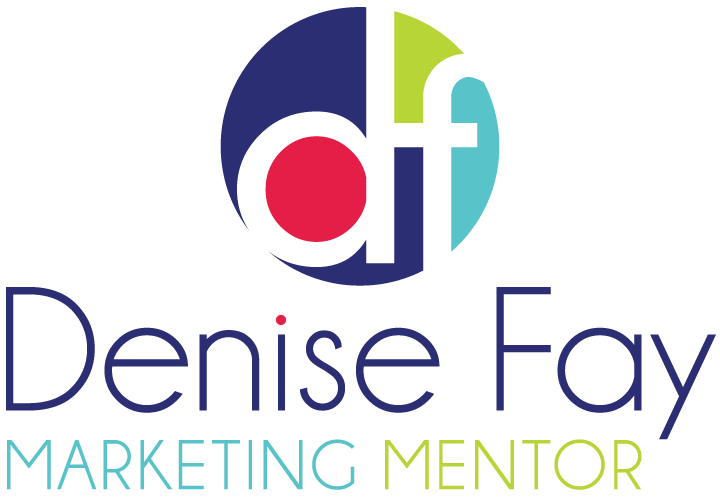 Forget diamonds. Editing is the writers best friend. At the beginning of this series, I spoke about getting started and ways in which to avoid procrastinating. I advised you to start writing and gave you techniques to write better copy. Now that your text is written, it’s time to start editing.
Forget diamonds. Editing is the writers best friend. At the beginning of this series, I spoke about getting started and ways in which to avoid procrastinating. I advised you to start writing and gave you techniques to write better copy. Now that your text is written, it’s time to start editing.
Writing is more than writing; putting words down on paper is just the start. Editing allows you to finesse your thoughts, your content, your style and tone and your spelling.
Many people confuse editing with doing a spellcheck. If they do a computer spellcheck or grammar check, then the document is edited. However, that’s not the case. Editing is a process which includes a number of elements.
How to Edit Successfully
1. Step away from your document
I’ve heard it said that time is a great healer; equally so, time is a great editor. Once you’ve written your points down on paper (using the tips that I’ve discussed in the 31 day series), you should step away from the document.
Go to the cinema, have a coffee with a friend, hit the gym, pump some iron – whatever it is you do to relax, do it. Take at least a day away from the document or article. You need time to not think about it. Then when you go back to it, you’ll see its strengths, weaknesses, gaps and errors.
2. Check the flow of your document
Go through every single sentence of text. Ask yourself ‘and?‘ at the end of every sentence. This ‘and?‘ makes you question the flow of two sentences, one leading to another. If it jars, then highlight it, go back & edit it.
3. Put yourself in your readers shoes
If you’ve been following the ‘31 days to write better copy‘ process, you’ll have had the reader in mind from the beginning. However, at the editing process, now that the words are on paper, it’s time to do it again. Ask yourself such questions as:
- What does that word mean?
- What does the abbreviation mean?
- Why didn’t you say that to me earlier in the document?
- Is there something missing in that sentence there?
Going through your text will allow you to be objective. You’ll see things differently, such as words you thought you wrote but aren’t actually there.
Checklist for Editing

For the purposes of this article, I’m using the word ‘document’ to describe anything that you write (newsletter, ezine, website, blog, whitepaper, press release, flyer).
Here are six items to check for when editing your text.
1. Aim of the document
It’s time to revisit some key questions:
- What is the aim of the document?
- Who is the audience?
- What are you looking to say?
- What is the action that the reader must take after reading your document?
Often times, once you begin writing, the focus becomes blurred. That’s totally fine, getting started is the key. Editing allows you to ask these questions again. Answer them with honesty.
2. Content
Take a careful look at the content within the document. After reading through the document, ask yourself:
- Is all the right content there?
- Can you add something?
- Can you take something away?
- Do you need to explain something a bit more?
It’s okay to add in extra content, just as it is to remove it. You need to have the right balance of content in order to engage with your reader.
3. Layout
Copy structure (sub-headings, bulleted lists, numbering) help with breaking up the text into readable chunks. Ask yourself:
- Do I have enough ‘chunks’ or paragraphs?
- Are some sentences too long? too short?
- Does your text need to be re-organised?
- Would one paragraph be better at the top than at the end?
When you edit, you may find yourself moving text around to make the document easier to read.
4. Style and tone
While style is quite personal as no two writers write the same, it is important to check for style and tone. Your document should flow using your style and tone.
- Are you mixing formal with informal language?
- Are you using the passive voice when the active voice could be used?
- Are you too specific in one section and vague in another?
5. Language
Expanding on point no. 4 (style and tone), the language used should be consistent. Words and language is at the heart of every document. Ask yourself about your choice of words. Are some words:
- Out-dated
- Colloquial
- Irrelevant
- Unprofessional
- Too technical
- Not technical enough
Take a good look at the words that you use and correct where necessary.
6. Grammar and spelling
Grammar and spelling are two errors that stand out to the reader straight away. You need to check that words are spelled properly and that the grammar is correct.
Day 14 – Homework
1. Print this checklist and put it beside you when you are finished writing.
2. When you begin to edit, go through each item separately and sequentially.
That way your editing will be easier and more effective. Oh and you can buy me a diamond when you’re happy with your edit (had to ask!)







